Uganda Climate Guide: Best Time to Visit (Weather, Rain & Temp by Month…)
As you plan your trip to Uganda, it’s important to know what to expect for weather. In this Uganda climate guide, you’ll learn about the wet and dry seasons, when to expect rain, the best time to visit, and weather averages for principal areas and cities, including Kampala, Entebbe, and Jinja.
Uganda Climate Guide: How’s the Weather?
The Uganda climate is one of the country’s many perks. When planning your trip to Uganda, you won’t have to worry about extreme cold and hot seasons because this country features a warm, sunny climate most of the year.
- Average temperatures in Uganda range from 68 to 77°F (21 to 25°C)
- Annual rainfall between 35 and 60 inches (900 to 1500 mm)
While temperatures may vary little throughout the year, the country does experience wet and dry seasons, which are discussed in this article. However, you will learn that even the wet seasons offer some benefits for travel.
Watch on YouTube
Is Uganda on the Equator?
Yes. Uganda is located at 0°0′N 29°43′E. And it is one of just 11 countries on the equator.
The full list of equatorial countries includes São Tomé and Príncipe, Gabon, Republic of the Congo, The Democratic Republic of the Congo, Uganda, Kenya, Somalia, Indonesia, Ecuador, Colombia, and Brazil.
Uganda Climate: At a Glance
Uganda experiences a tropical climate where you will see temperatures generally ranging from 21-25°C (68-77 °F) during the day and 12 to 16°C (54-61°F) at night, although much of this can vary between different parts of the country.
Learn about the UV Index in Uganda (and how to protect yourself).
Due to its location along the equator as well as a wide expanse of elevated terrain throughout much of the country, Uganda features a temperate climate throughout the year, which adds just another great reason among many for you to visit. You won’t need to worry about extreme temperature fluctuations as you do if you are from North America.
Weather in Uganda is generally warm throughout the year, but you will find some months more ideal than others due to rainfall, which is discussed further in this article.
The hottest months in Uganda are January and February when the daily high temperatures rise to the upper 80s (lower 30s Celsius) and sometimes lower 90s (upper 30s Celsius.)
The coldest months in Uganda are June and July with temperature highs reaching the low 80s (upper 20s Celsius). Year-round, nighttime temperatures hover in the lower 60s (15 to 19 degrees Celsius) If you are traveling from a region that features bitter cold winters, you may find the Uganda climate much more favorable.
More reading: How to Choose the Best Portable Water Filter
Seasons in Uganda: Dry and Wet
Uganda climate does feature two major seasonal changes that consist of the dry and wet seasons. The dry seasons are from December to February and June to August. This is the busiest tourist season and the most popular time for gorilla trekking, game drives, and wildlife viewing because the animals are often out searching for water, and there is less high grass to obstruct your view.
The wet months are generally from March to May and September to November, although you may see a more continuous rain pattern in the northern part of the country between April and November near places such as Kidepo Valley and Murchison Falls. Some people like to visit during the wet months because the landscape is lush and green, and there is ample opportunity to see a diversity of birds. Lodging and trekking rates are also reduced during the wet months, but you should be aware that heavy rains can make some roads difficult for traveling.
Rain in Uganda: The Long and Short of it All
Depending on where you are traveling from, you may find that the Uganda climate is unique in that it features two rainy seasons that are better known as the long and short rains.
A visit during the wet season may present you with an opportunity to witness one of the country’s natural wonders. The frequent downpours during the wet season are often accompanied by thunderstorms. Occurring mostly in the late evenings, these thunderstorms are known for their displays of lightning that are beautiful and mesmerizing to observe.
Throughout Uganda, January and February are the months with the least rainfall. In the southern region around Kampala and Rwenzori, the months of June, July and August also receive little rainfall, but the northern region does experience more rainfall throughout this period.
Some parts of Uganda, such as the southwest near the Rwanda and North Kivu borders and the Kidepo Valley National Park in the northeast, receive the least rainfall of all.
The wettest areas of Uganda tend to be around Lake Victoria and the north-central part of the country, especially the Gulu District.
Learn more: Uganda Currency: 12 Things to Know
Best Time to Visit Uganda: Month by Month
January to February
The period between January and February is one of the two best times to visit Uganda because this is considered a dry season with little to no rainfall. This is a popular time for trekking mountain gorillas and chimpanzees as well as birdwatching and viewing a variety of wildlife.
March to May
March to May is where the Uganda climate changes to one of the wet seasons. Some rains can be heavy downpours, causing flooding and road inaccessibility. However, if you don’t mind the rain, you could save money during this time with reduced rates for costs of gorilla trekking permits and accommodations. You will also appreciate the lush scenery and abundance of migratory birds during this period.
June to August
Another dry season, this period is another of the best times to visit for wildlife viewing. It is possible that you could see some rain during these months, but it most likely will not ruin your itinerary.
September to October
While you can expect rainfall during these months, you should still be able to enjoy excellent opportunities to view wildlife.
November
November is when you may see heavy rain showers turning the landscape green again. This is another good time to see migratory birds and take advantage of reduced gorilla trekking permits.
December
December is when you will find the rains slacking off and temperatures rising along with trekking rates. If you can’t stand the heat, December may present a better month to visit than January and February.
Looking for the best safari hat? Check out our guide to African Safari Hats for Bush and Jungle Adventures.
Uganda Temperature & Rainfall by Town
The following ranges are annual averages.
Kampala Weather
- Region: Central
- High: Average is 80°F (27°C)
- Low: 62°F (16 to 18°C)
- Rainfall: 50 inches (1270 mm) per year with most rain in March, April, and May.
Entebbe
- Region: Central
- High: Average is 78°F (26°C)
- Low: 62°F (16 to 18°C)
- Rainfall: 61 inches (1550 mm) per year with most rain in April and May.
Fort Portal
- Region: Western
- High: Average is 77°F (25°C)
- Low: 55°F (12 to 14°C)
- Rainfall: 57 inches (1459 mm) per year with most rain in April, May, October and November
Kabale
- Region: Western
- High: Average is 73°F (23°C)
- Low: 50°F (9 to 11°C)
- Rainfall: 40 inches (1018 mm) per year with most rain in March, April, October, and November
Gulu
- Region: Northern
- High: Average is 84°F (29°C)
- Low: 62°F (16 to 18°C)
- Rainfall: 58 inches (148 mm) per year with most rain from July to October
Masindi
- Region: Western
- High: Average is 82°F (28°C)
- Low: 55°F (12 to 13°C)
- Rainfall: 53 inches (1355 mm) per year with most rain from April to May and August to November
Jinja
- Region: Southeastern
- High: Average is 82°F (28°C)
- Low: 59°F (14 to 15°C)
- Rainfall: 51 mm (1317 mm) per year with most rain in March through May and September through November
What Clothing to Pack for Uganda
If you want to know what to pack when visiting Uganda, the best thing to keep in mind is that the Uganda climate features hot days and cool nights. Therefore, you will want to wear something light and comfortable in the daytime when it is warmer, and when the temperatures drop at night, you may need a light sweater or jacket.
No matter which season you visit, it is best to bring a light raincoat or umbrella because you never know when it may rain, especially if you are visiting near the Lake Victoria area. If you plan to visit the mountains of Uganda where the temperatures are much cooler, you will want warm clothing and a heavy coat as well as a hat, scarf, and gloves.
Check our Complete African Safari Packing List so you don’t forget anything.
You may discover the Uganda climate to be much to your liking. While the country does have its wet seasons, Uganda’s overall warm temperatures make it an ideal destination for sightseeing and wildlife trekking. Even on days when the daytime temperatures reach sweltering highs, you will enjoy pleasant nights.
When are you planning to visit? Join me in the comments!

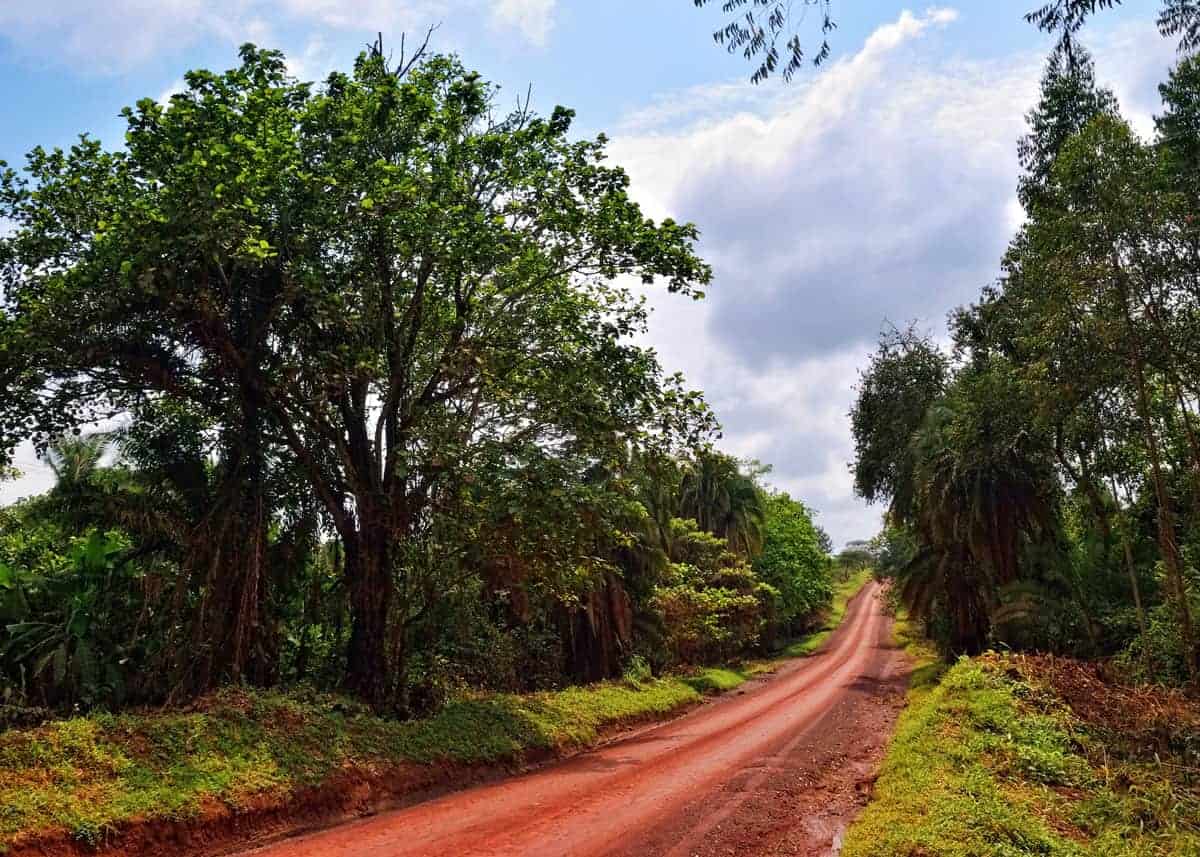
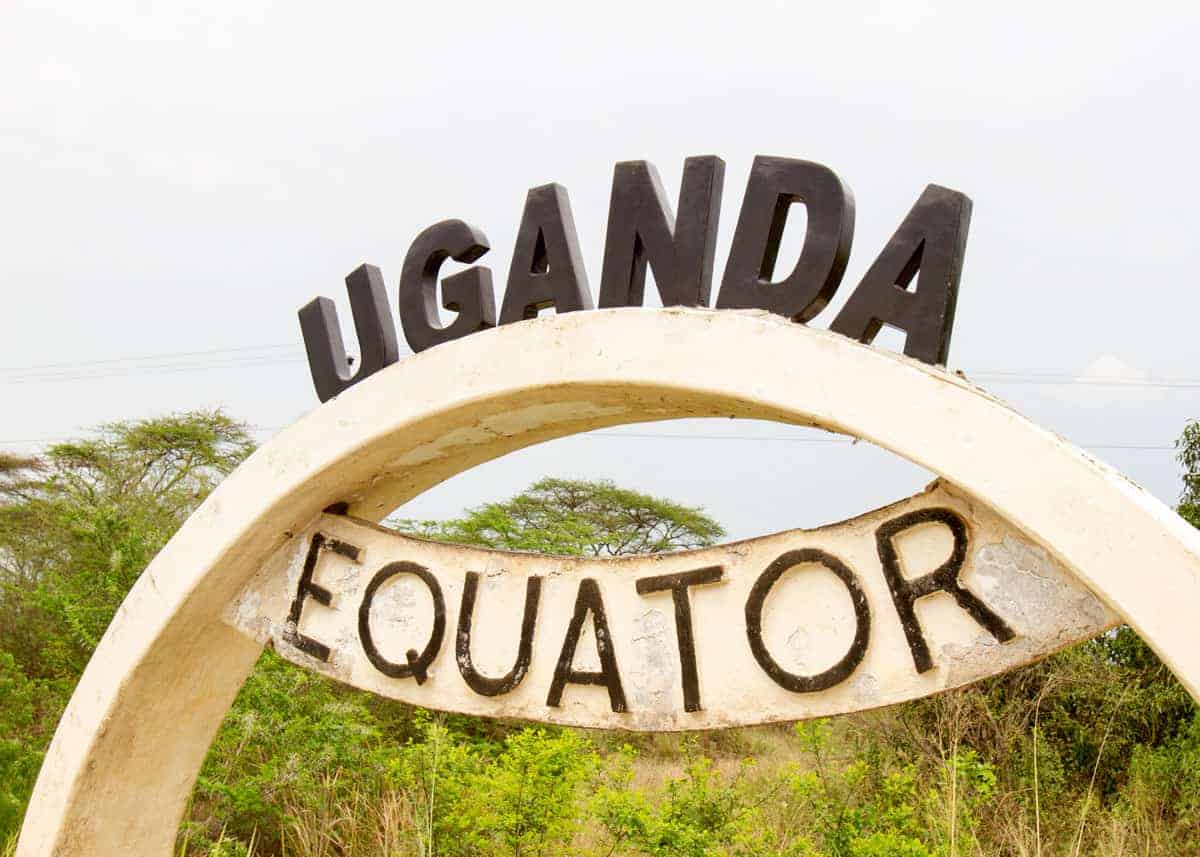
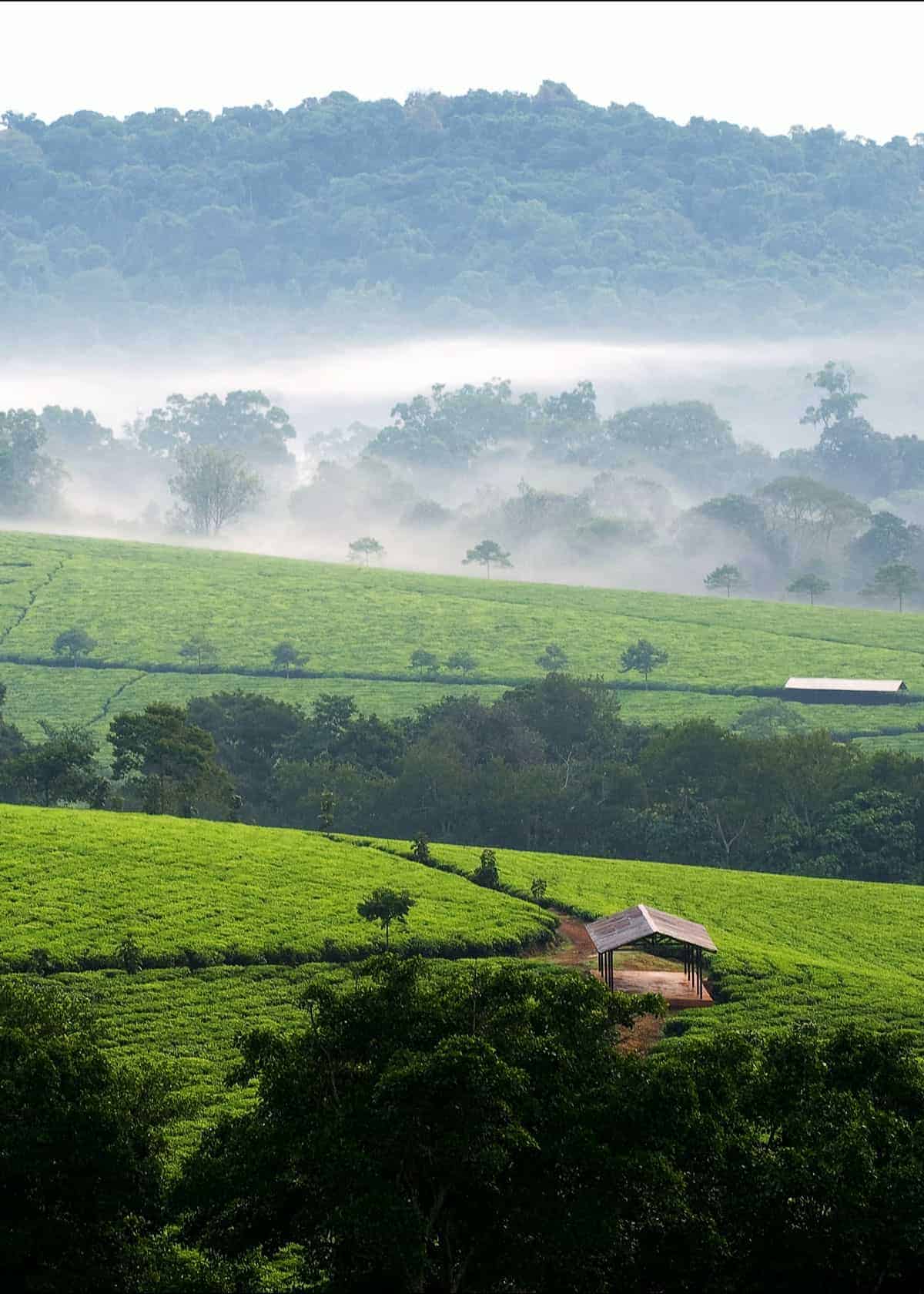
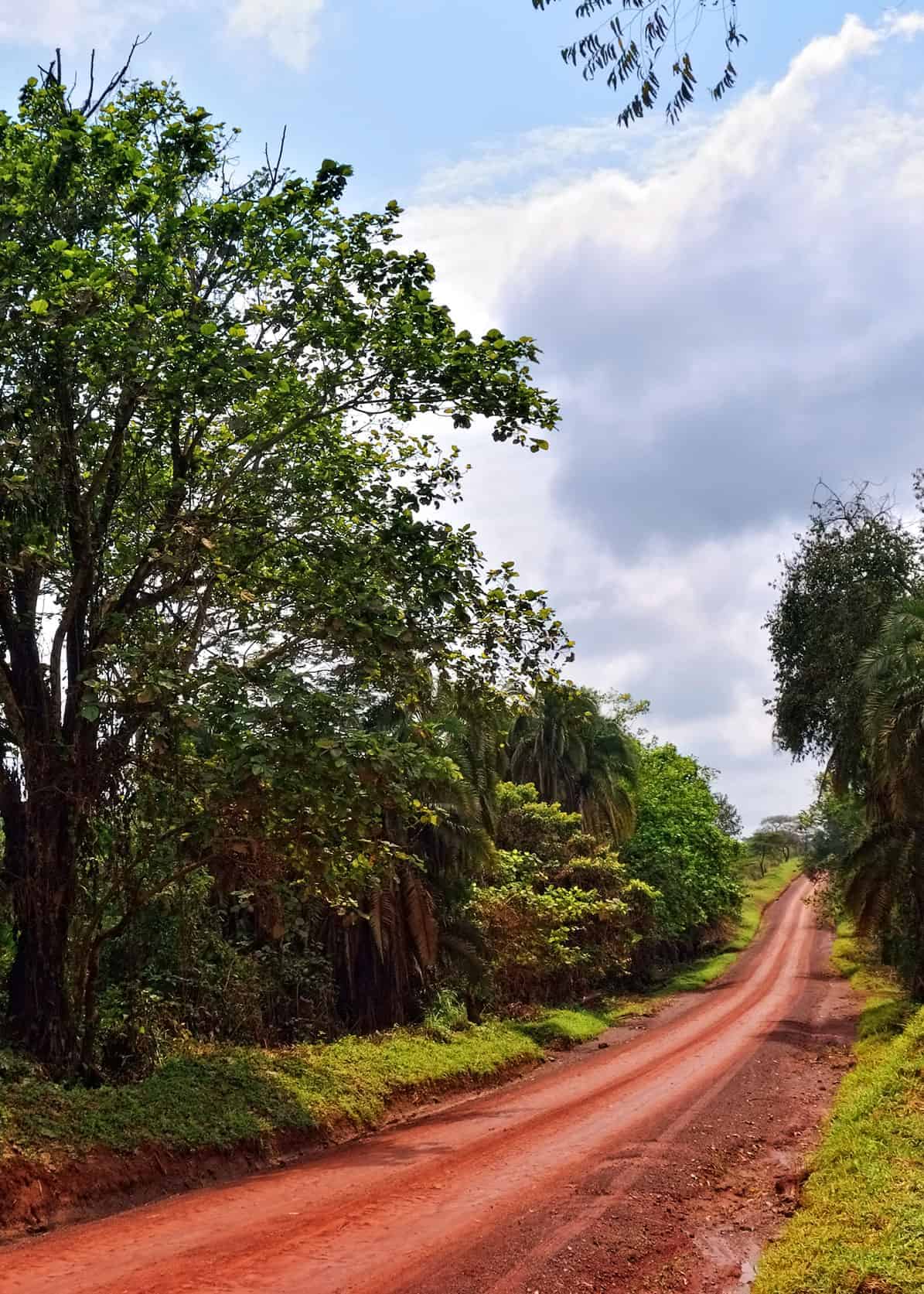
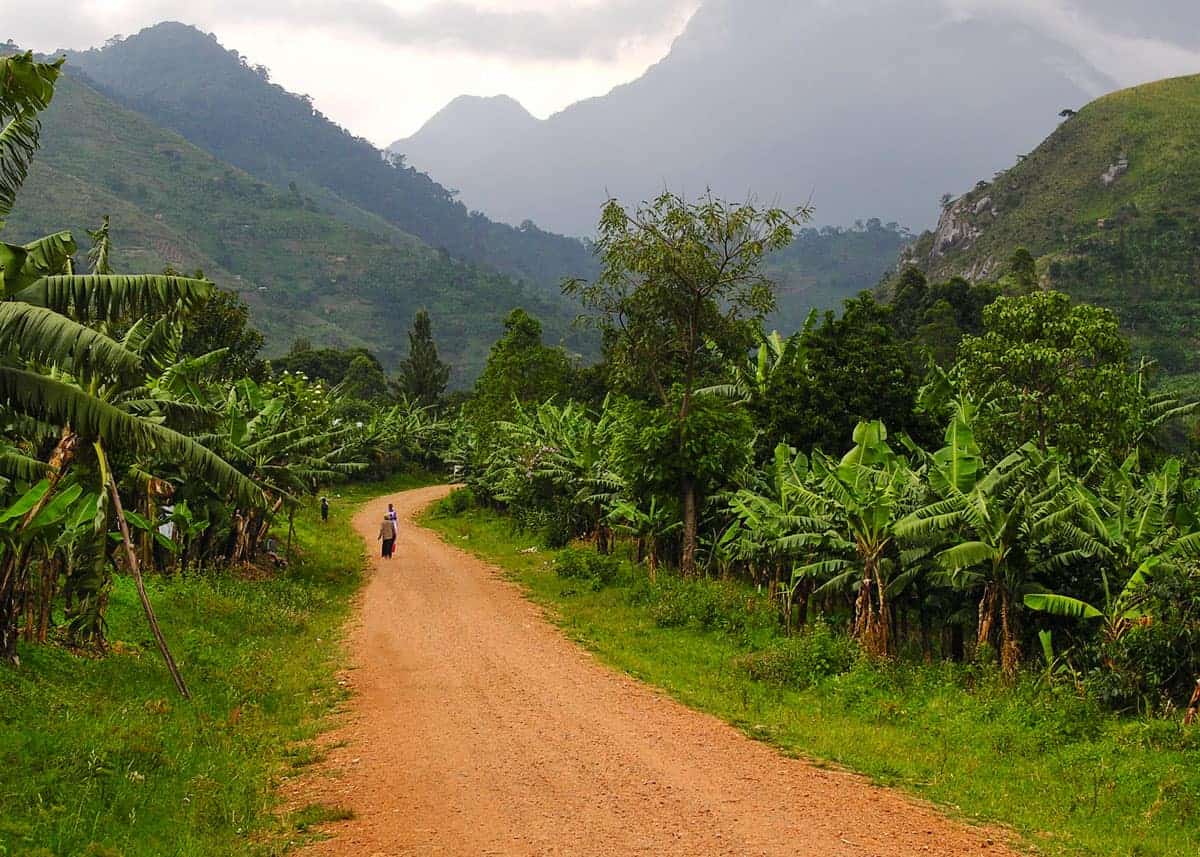
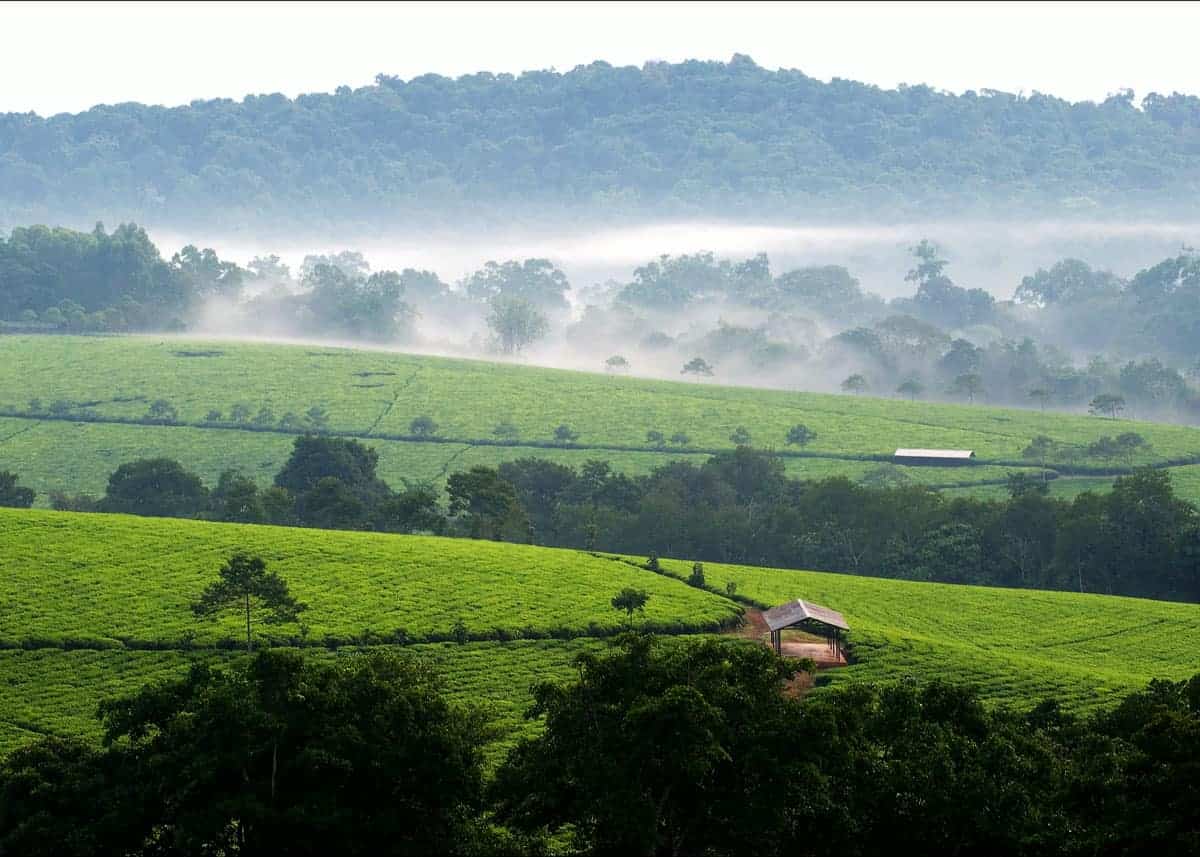
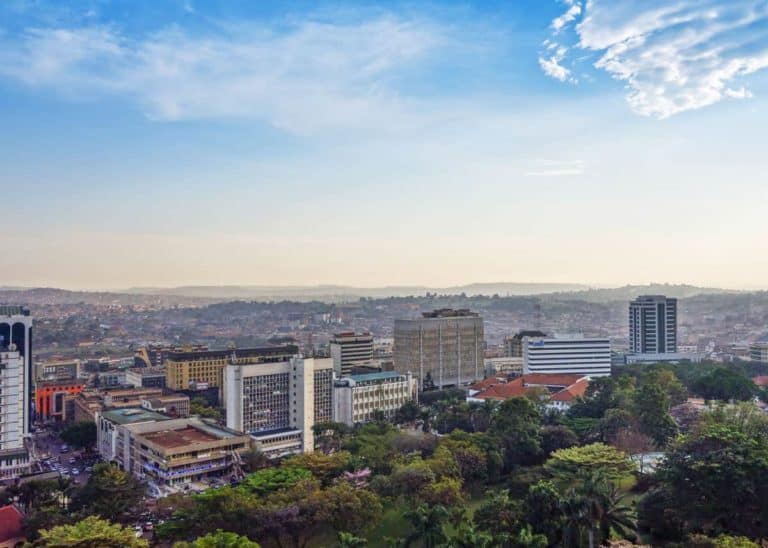
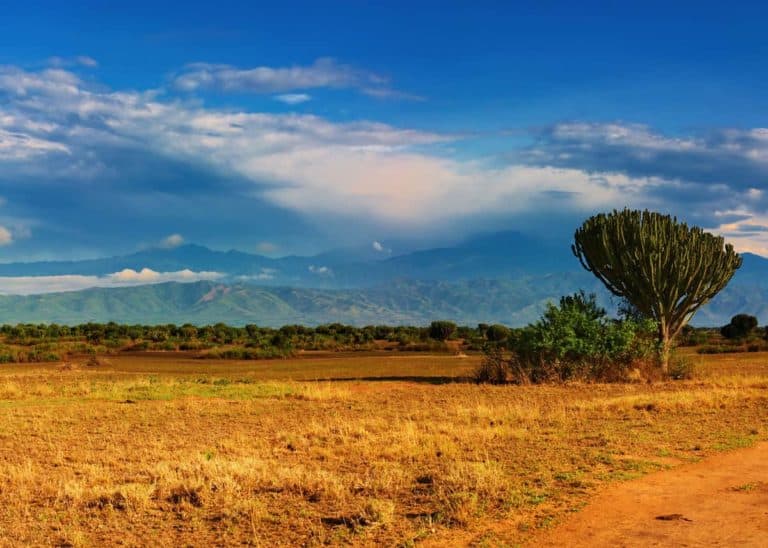

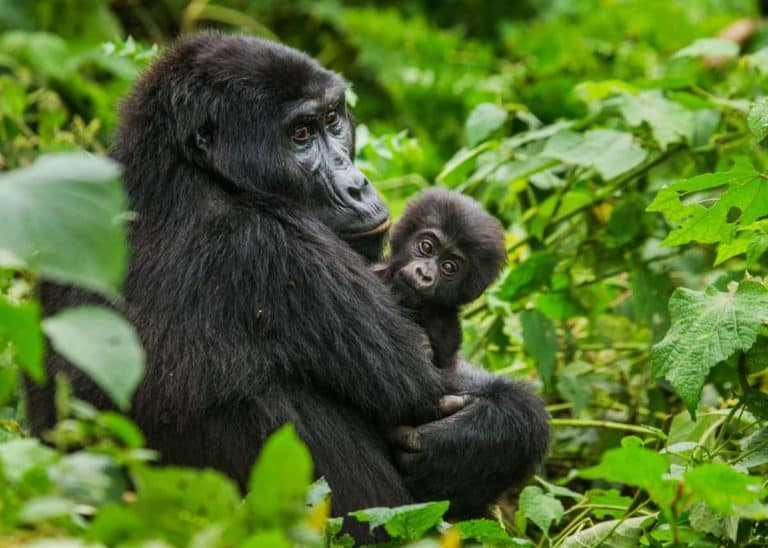
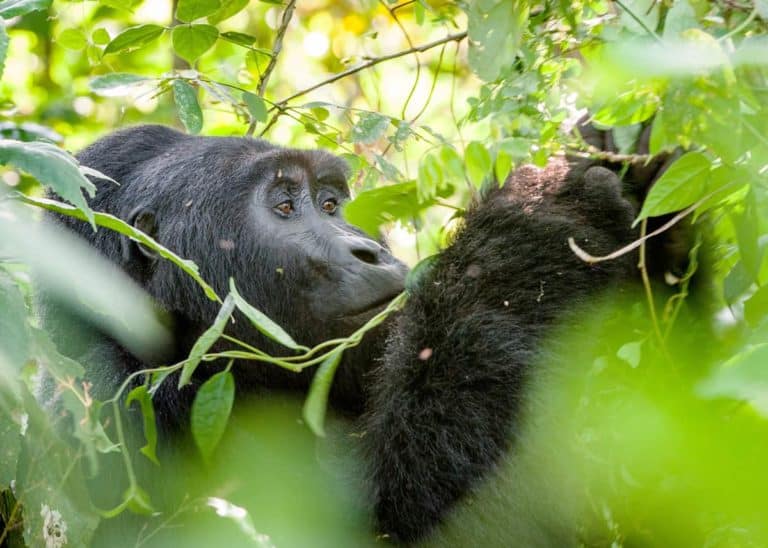

Thanks for the information regarding weather in Uganda. It’s very helpful. I am doing a gorilla trek in Bwindi this November (2019) – the trek is November 3-7. However, I’ve not yet booked my flights as I wan’t to avoid hard rains. I plan to be in Uganda (and would like to see Rwanda as well) for a month. Can’t decide if it’s best, weather-wise, to go early/mid Oct – Nov or begin the trip early Nov. Any advice is welcome. Thanks!